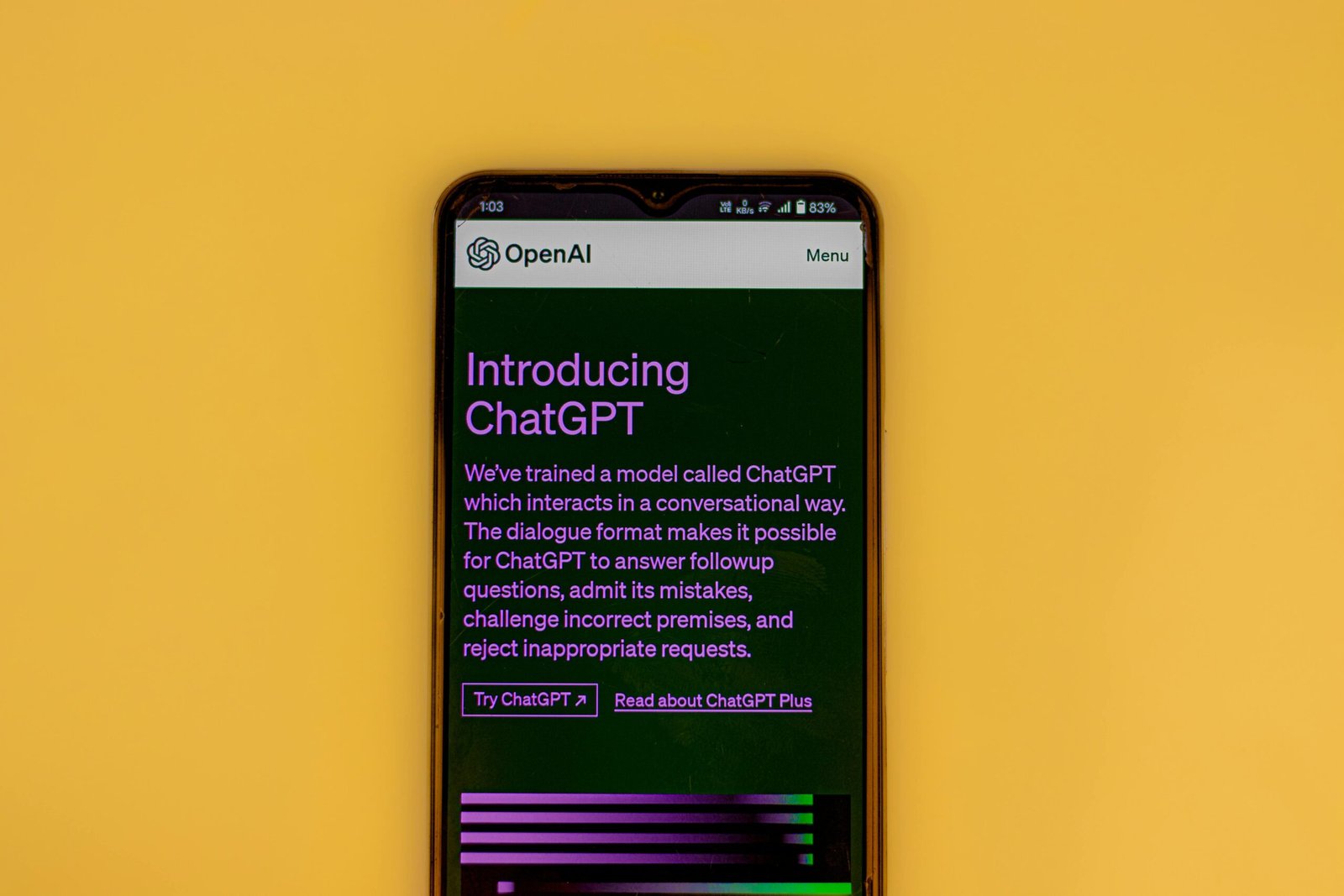Will States Lead the Charge in AI Regulation? The 2025 Showdown
2024: The Year AI Regulation Exploded
2024 wasn’t just another year—it was a tectonic shift in the world of AI regulation. California, the tech capital of the world, took center stage as Governor Gavin Newsom signed 18 new AI laws while vetoing high-profile legislation that could have reshaped the industry. But this was just the beginning. According to Mark Weatherford, a cybersecurity heavyweight who’s served at both state and federal levels, 2025 is poised to be even more explosive—especially at the state level.
“I’ve seen the sausage-making of policy and legislation. It’s messy, it’s slow, but it’s necessary.”
Mark Weatherford, VP of Policy and Standards at Gretel
Why States Are Taking the Lead
While the federal government struggles with partisan gridlock, states like California are charging ahead. In the past year alone, over 400 pieces of AI-related legislation have been introduced across the U.S. Weatherford believes this trend will only accelerate in 2025. But here’s the kicker: without harmonization, this patchwork of state laws could create chaos for businesses.
- California’s Playbook: Newsom signed 12 AI-related bills in 2024, covering everything from data privacy to AI training. But he vetoed the big one—a bill that would have required AI companies to invest heavily in testing and slow innovation.
- The Harmonization Challenge: States are doing their own thing, and companies are left scrambling to comply with conflicting regulations. The Department of Homeland Security and the White House are pushing for harmonization, but progress is slow.
The Federal Wildcard
While states are moving fast, the federal government is still playing catch-up. The U.S. House of Representatives recently released a 230-page report on AI after a year of deliberation. But with a new administration in power, the focus on AI regulation remains uncertain.
“AI is changing daily. Issues we were talking about a month ago have already evolved. The government will get there, but they need help—fast.”
Mark Weatherford
Synthetic Data: The Future of AI?
As regulation tightens, the industry is turning to synthetic data—artificially generated data that mimics real-world information. Weatherford, now at Gretel, is a staunch advocate. He believes synthetic data is the key to solving privacy concerns, eliminating bias, and fueling AI innovation.
- The Flywheel Effect: Gretel’s technology ensures that synthetic data improves with each iteration, avoiding the pitfalls of bias amplification.
- Policy Implications: As regulations push for higher data quality and privacy, synthetic data could become the industry standard.
The Big Question: What Does Good AI Regulation Look Like?
AI is either hailed as humanity’s savior or its destroyer. How do you regulate something so polarizing? Weatherford argues for a balanced approach:
- Guardrails, Not Handcuffs: Regulation should protect society without stifling innovation.
- Education is Key: Lawmakers and the public need to understand AI’s potential and risks in plain language.
“I’m giddy about the future of AI. But we’re going to have a couple of bumpy years as we figure it out.”
Mark Weatherford
The Bottom Line
2025 is shaping up to be a pivotal year for AI regulation. States like California are leading the charge, but without harmonization, the regulatory landscape could become a minefield for businesses. Meanwhile, synthetic data is emerging as a game-changer, offering a way to balance innovation with privacy and security. One thing’s for sure: the stakes have never been higher.



